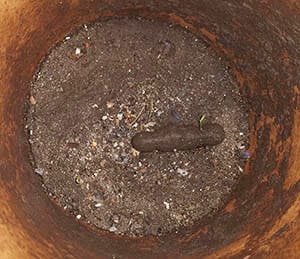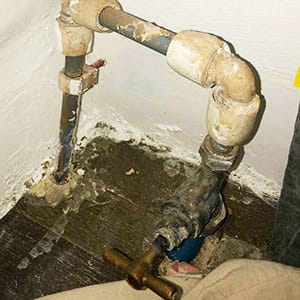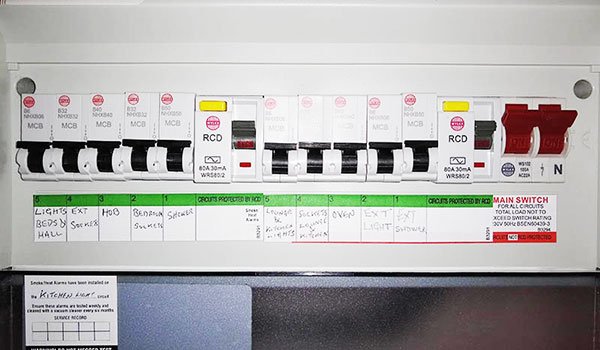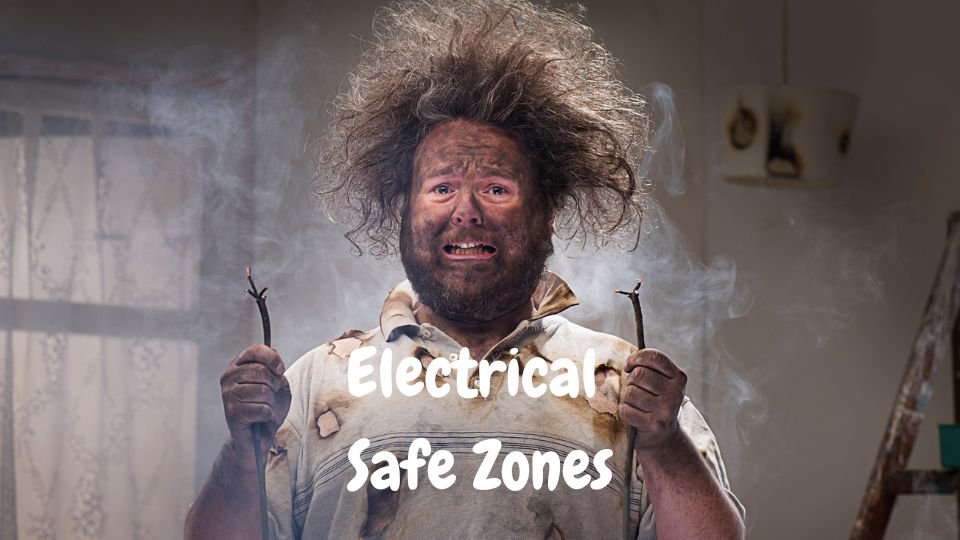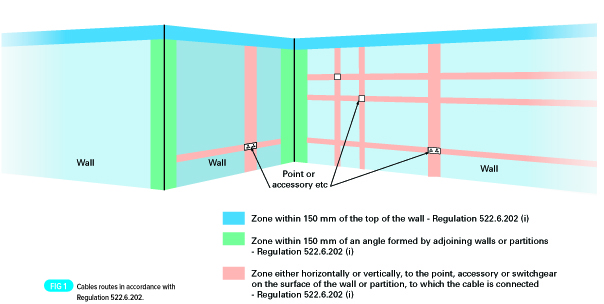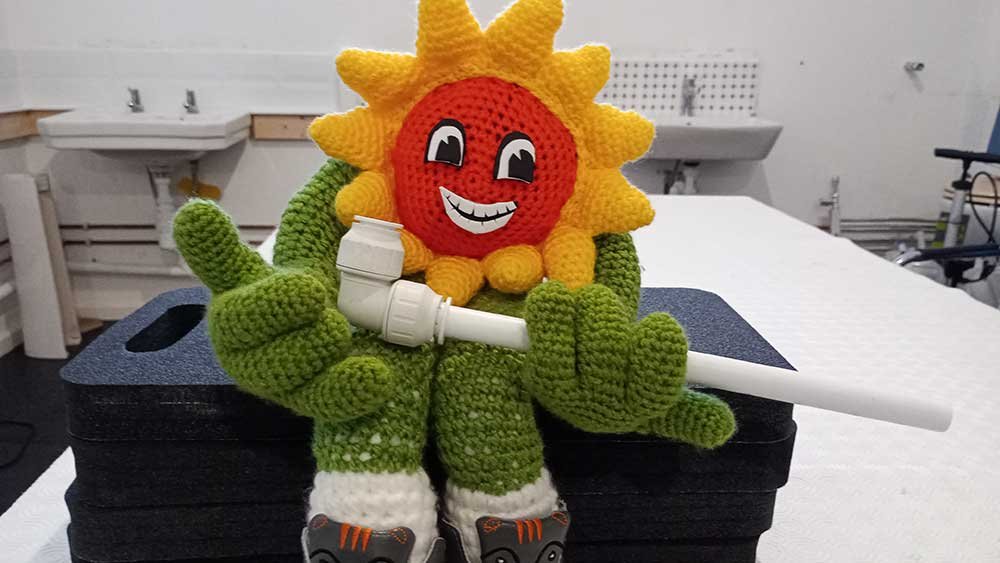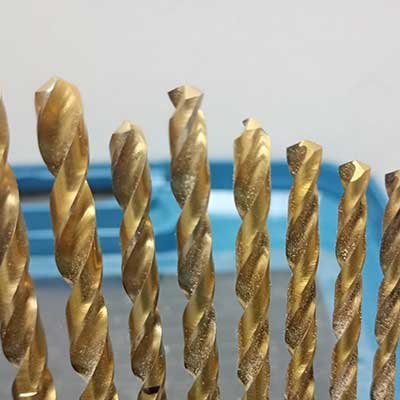
Smoke Detectors in the Night
Smoke Detectors in the Night
It’s that time of year again
Its no coincidence that Smoke & Heat Detectors start beeping at you in the wee small hours as the weather starts t0 get colder.
Batteries struggle in colder weather.
Many Mains-operated Smoke and Heat Detectors have a removable back-up battery (for those times when you have a power cut, and need to know that you’re still protected).
If the battery is running a bit low, its going to let you know by beeping at you intermittently. Annoyingly this often means that you’re not in the right place at the right time to work out which Smoke Detector is actually beeping at you.
What can you do?
Well, be prepared. This is likely to happen in the middle of the night, and it is going to drive you mad.
Buy some batteries, just in case
Most Smoke/Heat Detectors take a 9V PP3 Battery. Its a good idea to stock up on these in anticipation tht you’re going to need them
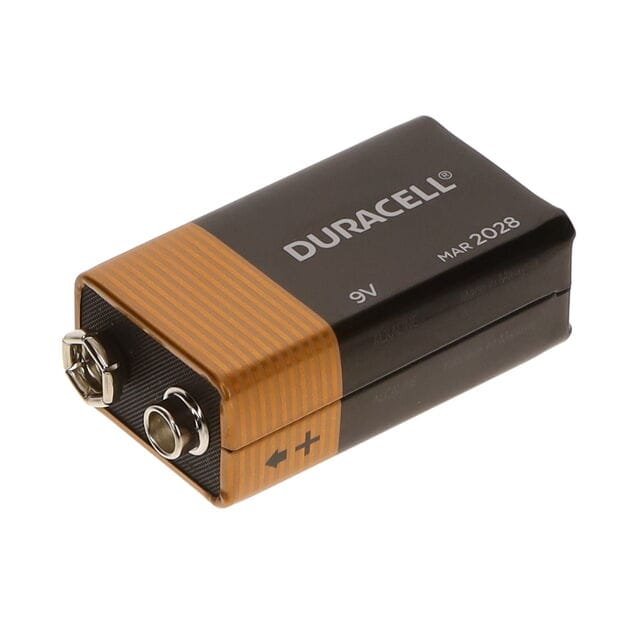
How do you change the battery?
Each make of Smoke Detector is slightly different.
Some twist off – you turn the body of the Smoke Detector Ant-clockwise and it drops down, giving you access to the battery chamber.
Others (Aico in particular) slide off. You need a to push a small flat-head screwdriver into a small hole to release the locking mechanism.
If you search online for your make of Smoke Detector, there will be instructions for accessing the battery and changing it.
Once you have changed the battery, press the TEST button, to make sure that its working. If you have Interconnected-Smoke Detectors, this should set all your smoke Detectors going.

Check the date
Yes, Smoke & Heat Detectors have an expiry date. This should be written on the side of the detector. Often they’ll tell you that they’re old, by beeping at you.
If your Smoke Detctectors have expired, please change them. With some makes, this is very much a DIY Job.
Check out our post “How Old are Your Smoke Detectors?” if you need more information about how to do this.
Another useful source of helpful information is the Safelincs Website. They sell all sorts of alarms, and have lots of useful How-to Guides on their website.






